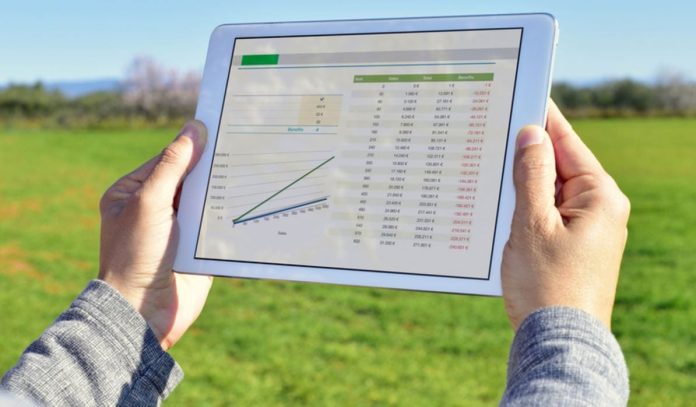A problem with corn production, and a precision agriculture solution
Italy is one of the top maize grain producers in the European Union alongside France, Germany, Hungary and Spain, producing 7,069,000 tons of corn in an area of 700,000 hectares in 2015, according to EuroStat crop statistics. According to a report from Business Insider, the 28 country members of the EU will harvest between 62.5 to 65.5 million tons of corn this year, lower than previous years due to the long drought periods. So farms in Italy are turning to precision agriculture to make up for the loss.
Omica, an Italian startup focused on smart agriculture, collaborated with Libelium to deployed an IoT-inspired wireless sensor network aimed at improving crop yields by identifying less productive zones and monitoring crop water and fertilizer requirements during the growth period, according to a case study provided by Libelium.
Real-time crop monitoring in rural areas
The project was completed during the summer of 2016, and has been carried out in Piedmont, a region in the north-west of Italy, at farms that produce corns for food and biomass.

The project saw the use of Waspmote Plug & Sense! Sensor platforms installed in different zones of the field. The platform is capable of tracking a number of metrics:
- Temperature + Humidity
- Atmospheric pressure.
- Soil moisture
- Leaf wetness
- Soil temperature
Waspmote Plug & Sense! Smart Agriculture also includes the WS-3000 weather station, a device composed of three different sensors: anemometer, wind vane and pluviometer. With the installation of the wireless sensor network farmers can monitor soil and micro-local weather conditions, rain level, wind direction and intensity, air temperature, leaf wetness and also soil moisture and soil at a depth of 0.5 meters.
Developing projects in rural areas can be difficult because of the absence of physical communication infrastructures. The Italian start-up deployed a solution where Waspmote Plug & Sense! transmits data using 3G/GRPS networks. Using GPS, farmers can move the sensor platforms to different areas depending on each need. The company has also developed its own cloud based application, Omicafarm, that automatically recognizes sensor position and offers a real-time visualization in a map view.
Shrinking the field for precision agriculture
“In less than one hour, they have installed the sensors and then they have access both to data collected in real-time by the sensors and information obtained by analysis of satellite imagery with a history of the last three years,” said a representative at Omica.

Omicafarm combines different technologies with an integrated platform of data collection using Libelium sensors and data obtained by the multi-spectral analysis of satellite imagery. The platform allows farmers to divide their fields into smaller homogeneous zones to know specific water or fertilizer needs. With this information farmers can:
- Quantify water requirements and water stress of the crop comparing the effect of the strategies followed during the past years. This information can be visualized in georeferenced maps and can be used to improve irrigation strategies.
- Predict crop yield by identifying zones, within the same field, showing less growth than that one expected with a spatial resolution up to 10 meters. This information allows farmers to act and recover from a growth deficit.
Omicafarm farmers took the approach so that they can know during growth stages which farming zones are more or less productive. The capability to update geo-referenced maps periodically, up to very 5 days, allows farmers to take decision and monitor their effects in a very short time. According to the case study, this information has helped to:
- Identify zones with a variation in biomass up to 20%
- Locate areas that suffer of water stagnation which increase the risk of pest and fungi.
- Define more efficient irrigation systems that meet crops water requirements.

